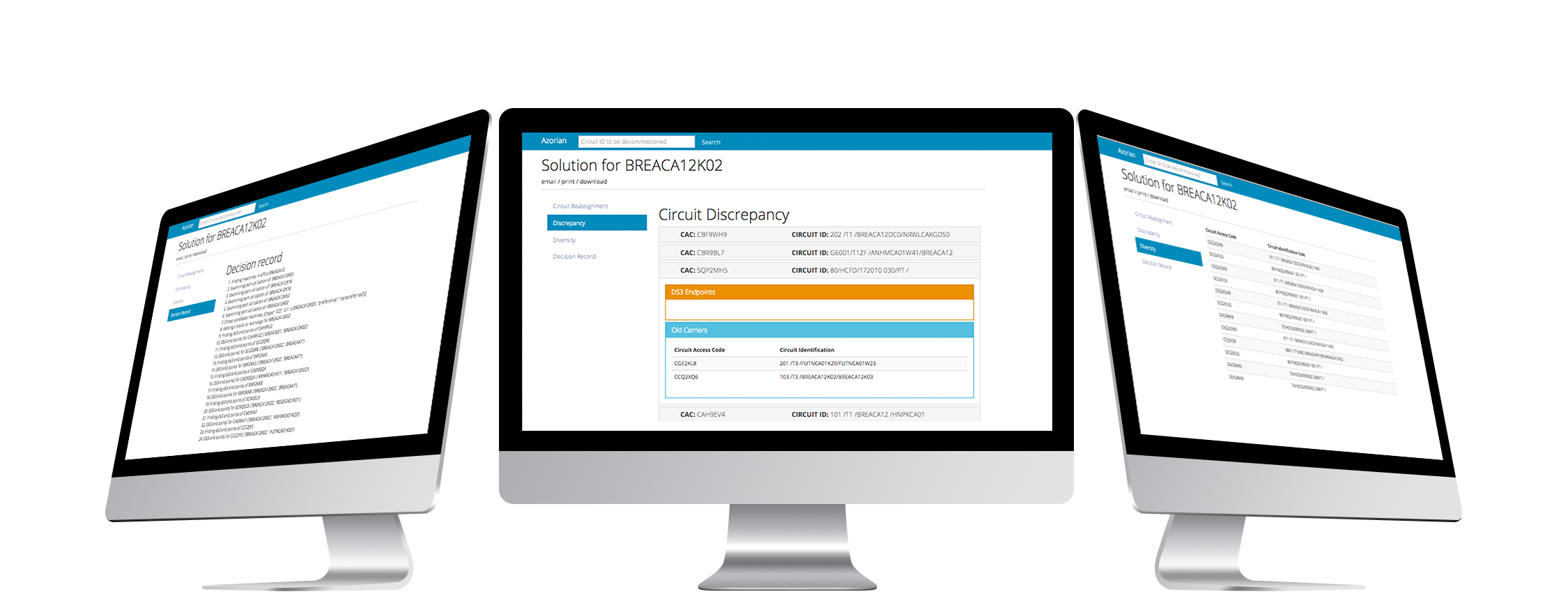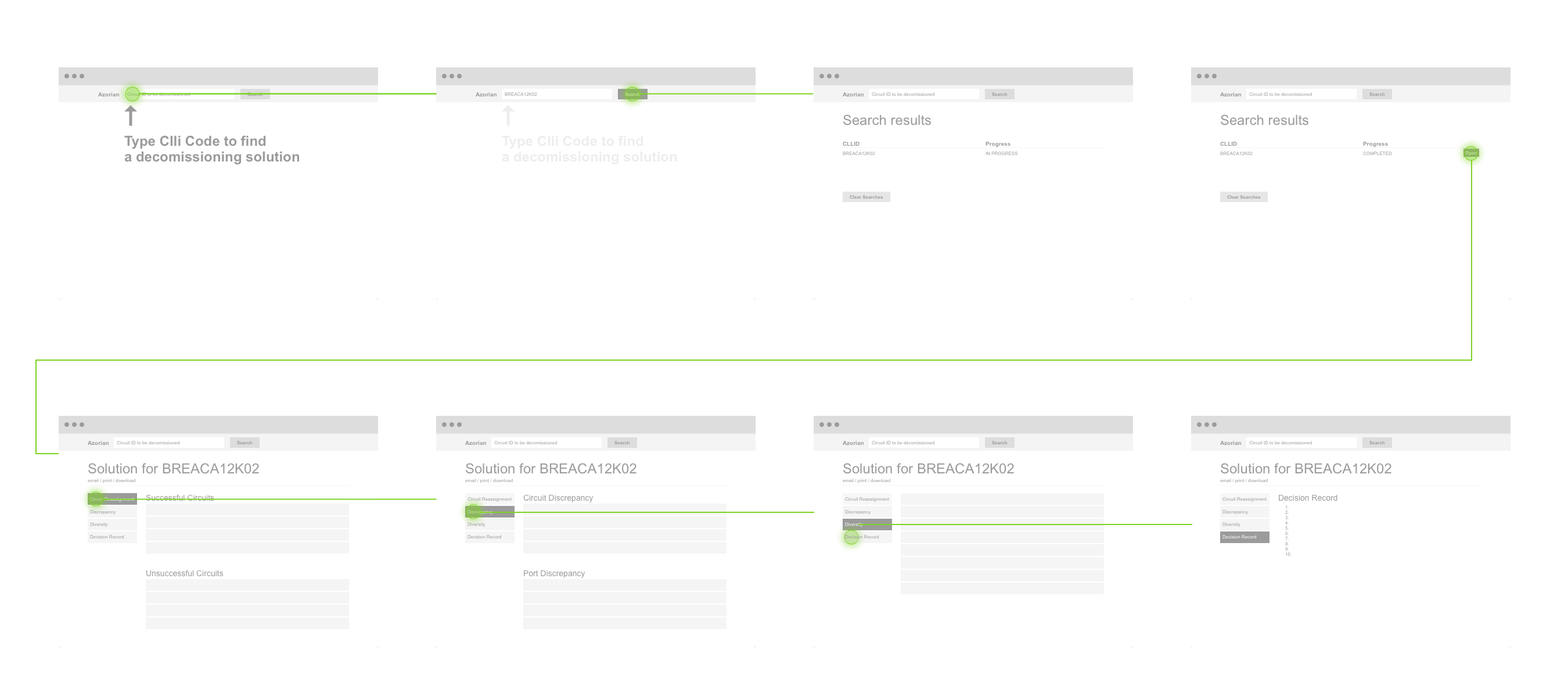Client
AT&T Network Capacity Engineers
When
2016
Team
User Experience Designer and Researcher, 2 Data Scientists, and Front-End Engineer
Role
Lead User Experience Designer and Researcher
Client
AT&T Network Capacity Engineers
When
2016
Team
User Experience Designer and Researcher, 2 Data Scientists, and Front-End Engineer
Role
Lead User Experience Designer and Researcher
Just like many other large, established companies, AT&T finds itself in an interesting situation of needing to deal with a world of dramatically increasing scale and complexity. For decades, experienced company veterans have been able to address these challenges manually with the knowledge, skills, and intuition they have built over a career in their roles.
However, we are now reaching a scale where this is no longer feasible, and we are facing a host of problems that cannot be manually addressed. By building intelligent systems, we bring radical efficiency changes to how AT&T operates. These are orders of magnitude improvements, where something that may have taken months manually, may now take only an hour.
Along with my user experience research and design skills, my team built one such intelligent system to manage this complexity for network capacity engineers as they decommission legacy machines on the network. Our tool was extremely well received by our colleagues in the field and is currently being used in decommissioning to save unnecessary hours of labor and costs.
AT&T’s legacy telephone wire system is made of automated, interconnected switches on a nationwide scale and has been around for decades. Maintaining this vast network requires a significant amount of money spent towards power. Naturally, AT&T is interested in finding equipment that can be decommissioned or replaced with newer, more efficient equipment in an effort to reduce this large footprint, all with an active, live network that must remain fully reliable through this process.
Currently, decommissioning a machine requires weeks or months of tedious, manual planning by highly experienced and trained engineers, each with their own personalized workflow.

We created an assistive tool for network capacity engineers to reduce this time to hours by recommending better alternatives to free them for their other responsibilities. Our tool helps discover and recommend plans for removing equipment from the network.
Our project focused on two primary objectives:
1. Evaluating network equipment to establish a priority order for decommissioning.
2. Creating and recommending a valid circuit reassignment plan for operators to take into consideration.
While my colleagues were developing the machine learning aspects to this project, I conducted user interviews to better understand the needs of a network capacity engineer to inform our product decisions.
As themes in their workflows arose, I developed quick mockups to encapsulate the needs I was hearing.

I continued to iterate on them as our understanding of the user needs evolved.
As we were on a short timeline, my colleague quickly began implementing a working web-interface prototype as per my designs to connect the command line into a more user-friendly experience. Within a few days, we had a fully functioning version of the tool that we could share with our users.
Through usability testing with network capacity engineers, we identified tens of changes to our working prototype and continued to iterate.
Today, this internal tool is used by network capacity engineers across the company and is radically changing the way AT&T works. This product was so successful in creating an efficiency disruption within the company that more work of this nature is being requested by internal teams. I found this highly impactful project extremely gratifying. With just a few months of applied work, we were able to disrupt an internal process to save costs and significantly change how the company and employees operate day to day.